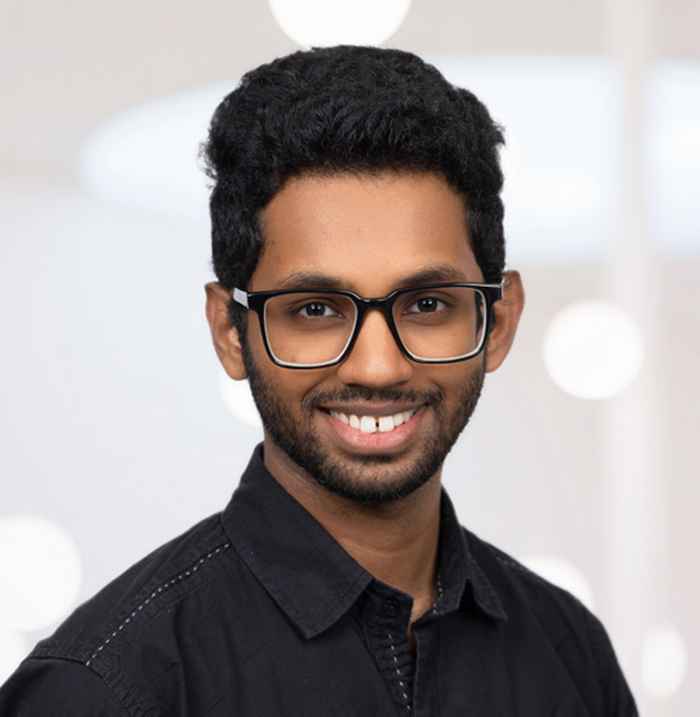Ashique Lal
Visit: 4 months

Atomistic elucidation of CO2 reduction at Metal-Water interfaces
Electrochemical CO2 conversion is a major component in realizing the energy transition with renewable energy sources. Efficient conversion requires stable catalytic systems with high selectivity and activity. We are a part of ARC-CBBC Consortium Multi-lateral project on CO2 reduction, which addresses, with a combined experimental-computational approach, the fundamentals of CO2 reduction at the metal-water interface. In our contribution, we focus on reaction mechanism, energetics and dynamics at the interface. We employ first-principle (quantum-DFT) based molecular dynamics methods accounting for chemical conversion, thermal fluctuations, and transport to uncover CO2 reduction intermediates and transition states and the effect of various aspects of the solvent such as the presence of cations and electrical double layer.
In the first phase of my PhD project, I have focused on the structure and energetics of CO2 reduction at the Copper-water interface incorporating water through explicit solvent model, using a constant surface charge setting. The DFT-MD show how the CO2 adsorption is affected by hydrogen bonding by water molecules surrounding it. We also performed initial (probing) simulations of the subsequent protonation of adsorbed CO2, which provided a qualitative view of the effect of the presence of cations. These simulations revealed a significant influence of cations on the free energy of this process.
The purpose of the research visit is to learn and build on the in-depth expertise of the hosting computational chemistry at the University of Zurich (UZH) that comprises Profs. Jürg Hutter (most senior researcher, formal host), Marcella Iannuzzi and Sandra Luber. The group plays a crucial role in developing and implementing first principle molecular simulation methods and applying this to complex chemical systems. This includes leading the CP2K program project and associated theory and method developments. The latter, along with their experience in simulating interfacial catalysis, and their current effort in developing constant potential methods for CP2K, will be a valuable asset in developing methods to study interfaces relevant to my research.
